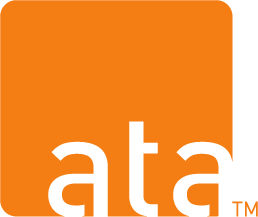WIC State Agencies should consider sustainability throughout the development and integration of telehealth solutions. In this blog post, we’ll explore key themes from recent interviews with THIS-WIC telehealth vendors regarding sustainability considerations.
Design a telehealth solution so content can be easily updated

When considering sustainability of telehealth solutions, WIC State Agencies should design content in such a way that it can be easily updated. One vendor noted that a State Agency chose to create a native telehealth solution, meaning it’s built for use on a particular platform or device versus a web-based one, even though that requires more effort. This approach enables more flexibility with content and makes it easier to update; WIC staff can change wording, integrate different languages, and add new content with minimal outside tech support. This approach ensures that the platform can continue to adapt to new needs and trends with only support from the State Agency staff.
Create plan for updating and managing existing content
When designing solutions for the long-term, State Agencies should develop a clear action plan for updating and managing content. One expert noted that strong, relevant content is essential for the platform’s success, but someone needs to be responsible for updating and maintaining it. There are also challenges related to managing and implementing content updates, as there are guidelines to follow and the risk of breaking the platform if updates are not made correctly. Work plans should clearly spell out who is responsible for content updates and where and how tech support will be accessed, if needed, to ensure ongoing success.
Create plan for development of new features

State agencies should also develop a plan to update solution features (e.g., recipes, educational content) to ensure the solution is relevant to users. As one expert noted, “we’ve had conversations about customizing nutrition education specifically for [the State’s] WIC foods list.” The goal is to make it easier for participants to shop and access information, especially on their mobile devices, about what they can purchase. Another expert noted the desire to offer more culturally appropriate recipes with high-quality images, an important aspect of promoting healthy eating habits and ensuring the content resonates with diverse audiences.
Integrating Technology with Existing Systems
Lastly, to plan for long-term success, State Agencies should consider how to integrate technology with existing WIC systems or platforms. One expert we spoke with noted that they’ve laid the groundwork for MIS integration, enabling solutions to be configured for any scenario. They’ve also designed the interface to be segmented, so they can transfer the solution to other states or systems. Vendors highlight that incorporating new solutions into current WIC systems, like Management Information Systems (MIS), can be a time-consuming process. This often involves considerable back and forth with State Agencies, particularly when dealing with older systems. To ensure a smooth integration, both State Agencies and vendors must allocate sufficient time in their schedules for thorough pilot testing. This will help verify the functionality of crucial WIC processes, such as scheduling appointments and documenting nutrition assessment information, before the official launch.
Sustainability considerations and planning for the long-term are critical for WIC State Agencies as they work to modernize and improve their services. Customizing content, designing for flexibility and easy updates, managing content, and integrating technology with existing systems are all key factors to consider.





